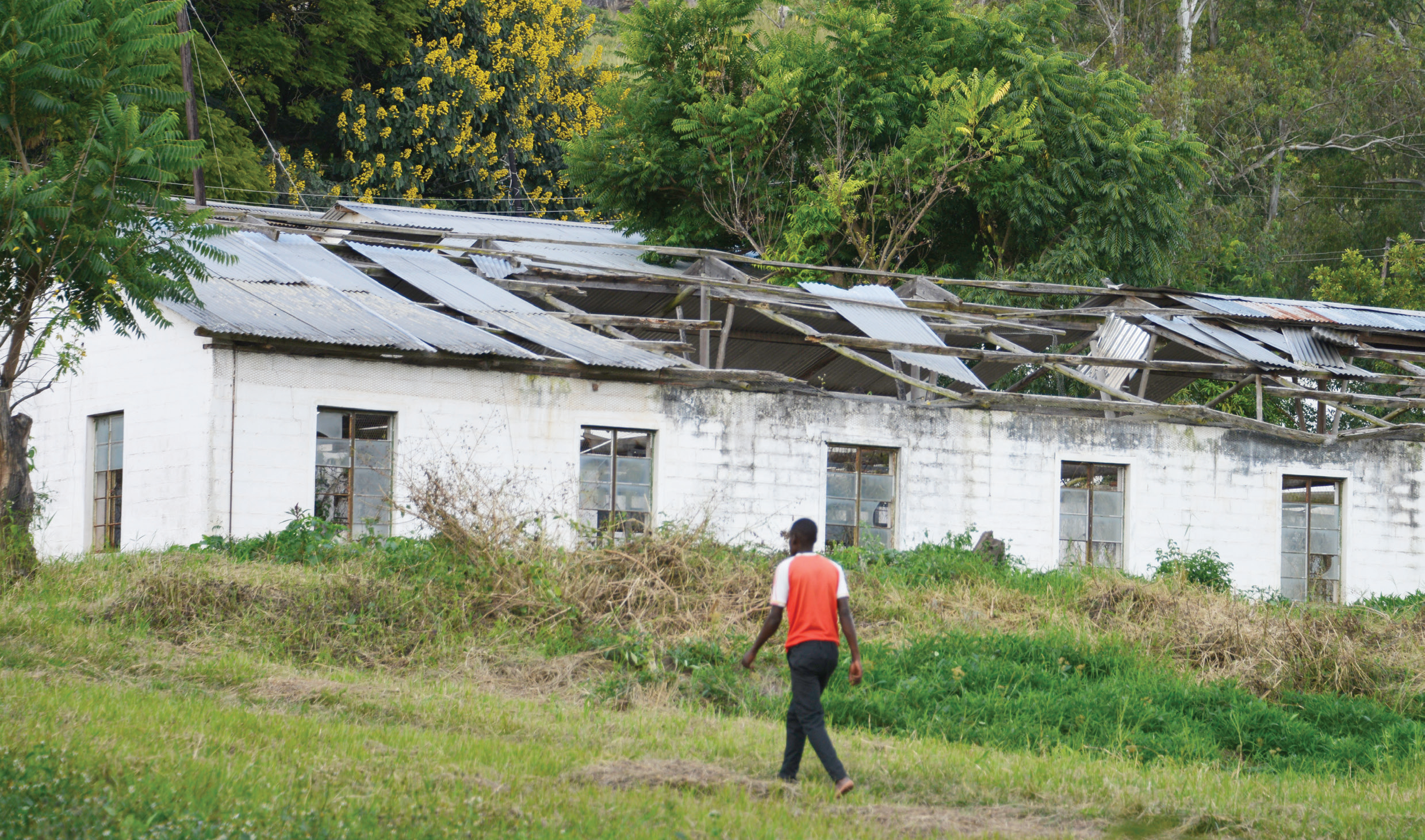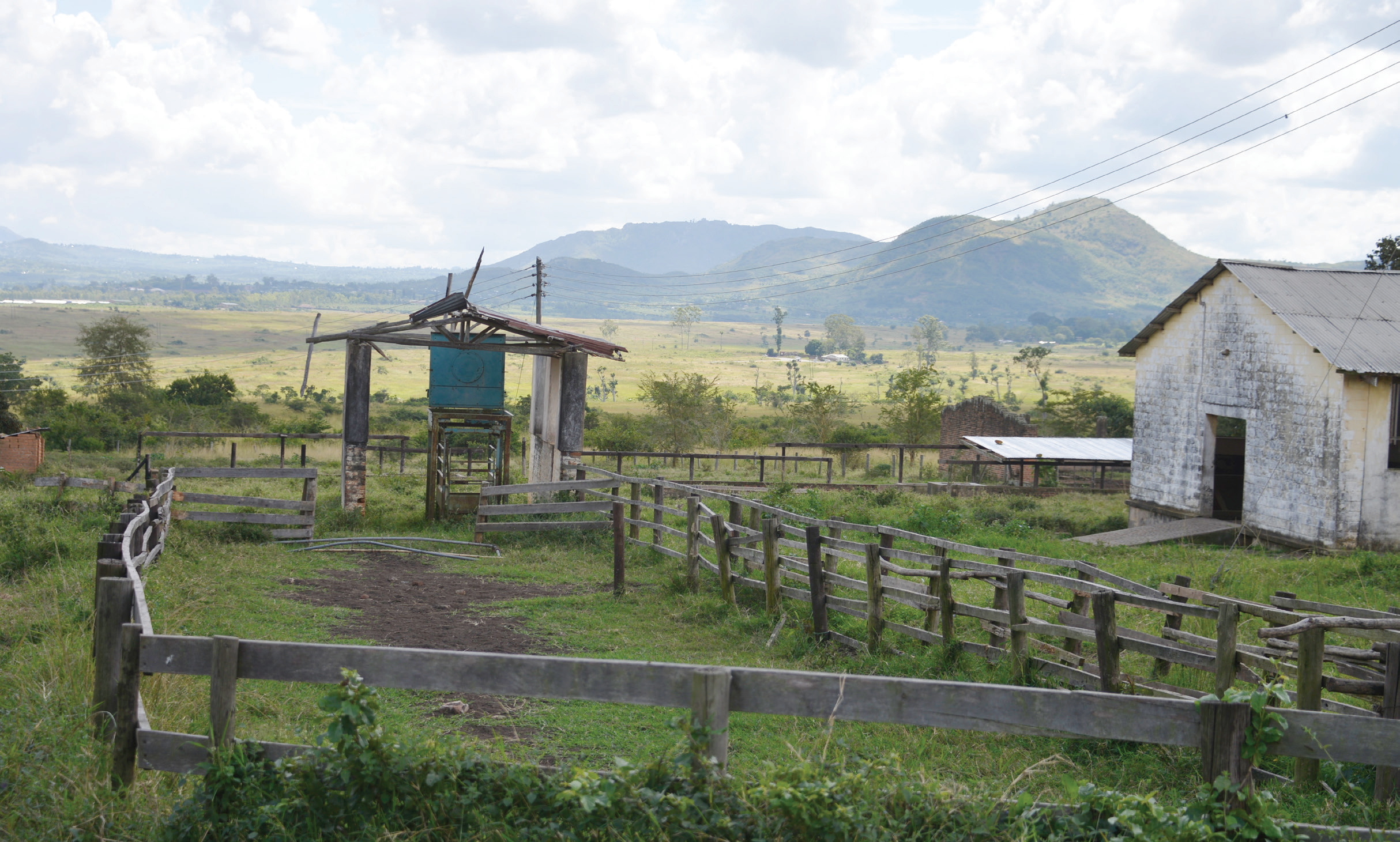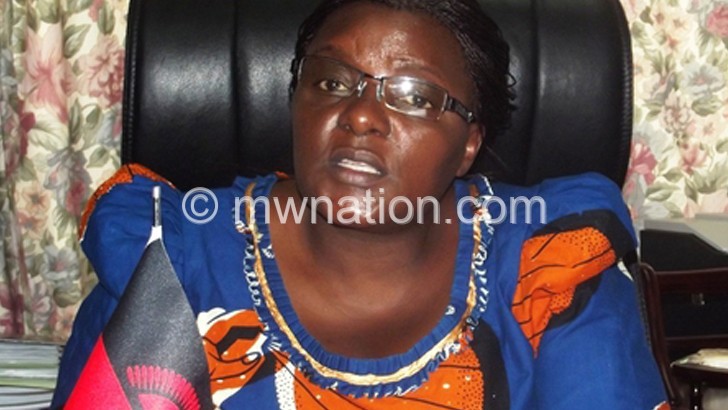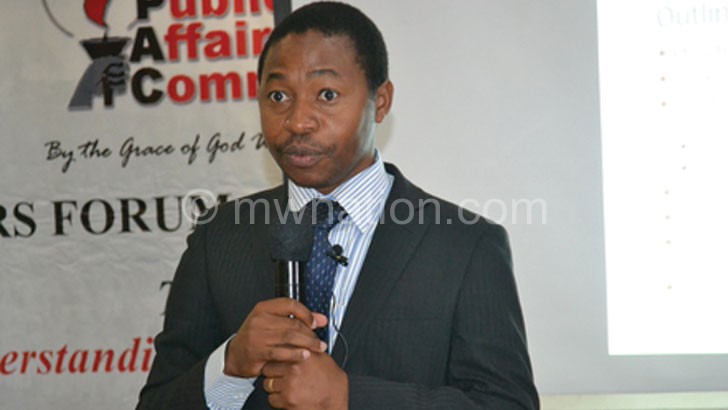On death bed: How govt has killed livestock farming
Statistics from Lilongwe University of Agriculture and Natural Resources (Luanar) indicates that in terms of productivity, livestock has remained static, and declining in some species, including cattle, goats and chickens as well as in terms of sizes for meat and milk yields. As our investigative journalist BOBBY KABANGO finds out, the situation is dire:
Government has all but abandoned livestock farming, resulting in a collapse of infrastructure and static animal headcount that are creating beef shortages in the country. But Principal Secretary for Agriculture and Food Security Erica Maganga said government is aware of the challenges and is addressing them.

Weekend Nation field visits show that infrastructure for supporting livestock production in the country has mostly collapsed. The few still standing are in a dilapidated state. Dip tanks—where the poor used to have their animals treated—are a lost cause. Government quarantine farms and the restocking programme are gone while government farms—meant to support farmers—are barely limping.
With Malawi’s livestock farming on its death bed, domesticated animal populations are dwindling owing to funding starvation to the sector, which only gets less than one percent of the overall Agriculture budget.
The development has forced government farms to start operating below average while other farms have stopped key programmes. Structures are in bad shape, with 264 of the 304 dip tanks not operational as they are in a dilapidated state.
Maganga said to address the challenges surrounding the sector, her office has just completed a review of the new national livestock policy which will soon be in operation with strategies aimed at addressing most of the imminent challenges including better coordination mechanisms for the sub-sector.

Statistics from Lilongwe University of Agriculture and Natural Resources (Luanar) indicates that in terms of productivity, livestock has remained static, and declining in some species, including cattle, goats and chickens as well as in terms of sizes for meat and milk yields.
Professor of animal breeding at the Department of Animal Science under Luanar, Timothy Gondwe said in an email response that according to Tropical Livestock Units (TLU), a term that aggregates all livestock into cattle equivalent numbers, Malawi has 6 972 003 TLUs of cattle equivalent.
“At the present human population, this means 2.65 people share one cattle. This statistics need to accelerate towards achieving one or more cattle per person. We believe in diversified livestock, so this cattle shall imply a few goats, chickens and pigs,” said Gondwe.

He said at the current rate of increase, it may take Malawi five years to realise the 1:1 ratio goal, saying the country’s performance in meat, egg and milk production is poor and not desirable.
“Officially, we are over 40 percent below Sadc [Southern African Development Community] per capita goal except in meat which is reaching 24 kilogramme of meat per person per year.
“Eggs are at three [per year per person], milk still around six litres, while the requirement as per the World Health Organisation [WHO] is 200 litres per capita. This low consumption is arising from low productivity of our livestock, and low off-take from flocks or herds,” he said in an interview.
In the 2020/21 budget presented on September 11 2020, Finance Minister Felix Mlusu ranked agriculture, water development and climate change second in terms of sector allocation giving it K354.8 billion.
While agriculture as a whole was allocated K245.7 billion with the Affordable Input Programme (AIP) getting the lion’s share of K142 billion, livestock production which contributes about 11 percent of the gross domestic product (GDP), continued to get the least share (K2.8billion) or one percent, and down from 2.2 percent in 2019/20 budget.
Breakdown of K2.8 billion
The allocation of K2.8 billion had nothing for infrastructure development to support livestock production, restocking and quarantine farms.
An amount of K827 million was meant for salaries while K216 million for internal travel like allowances, paying for conferences and other packages.
Public utilities like water and electricity received K134 million while acquisition of fixed assets like vehicles and other machines received K838 million.
Motor vehicle running expenses like fuel and oil received K156 million leaving a balance of K500 000.
Director in the Department of Animal Health and Livestock Development (Dahld), Patrick Chikungwa, who confirmed that some infrastructure in government farms is old and in need of improvement said the sector needs a consistent investment of about K5 billion each year for the next six years.
“As a department, with support from the government, we have embarked on a revamping drive of the farm structures in order to restore their lost glory.”
Chikungwa said 264 dip tanks are not working at the moment as they are in a dilapidated state while only 40 dips are operational.
“This is because they are either in a dilapidated state or the dipping community at local level is not well organised for the activity,” he said.
On why government stopped the restocking programme, Chikungwa mentioned lack of adequate funding to the Department of Animal Health.
But Gondwe said restocking is good as it replenishes depleted breeding stock in breeding and multiplication farms.
Malawi had only one animal quarantine centre in Mpemba, Blantyre but it was sold. The then Principal Secretary in the Ministry of Agriculture and Water Development, Grey Nyandule-Phiri confirmed the development in 2020.
Due to funding challenges, government’s major livestock centres have nearly collapsed and utmost they are operating at only 20 percent of capacity.
Mikolongwe College of Veterinary Sciences in Chiradzulu district established in the 1960s with four sections of beef, dairy, monogastrics and training, has a capacity to produce 10 000 Black Australorp chickens in a week. But it now only produces 2 000 a week. The centre has only 3 000 black australorp chickens against a capacity of keeping 10 000. It has 249 head of cattle when it can keep about 2 000. It has only four breeds of cattle—Boran cattle (2), Brahman (17) instead of 200, Holstein Friesian (80) instead of 500 and 150 Malawi Zebu cattle instead of 1 000.
Mikolongwe, the only semen producing centre and with a capacity to produce semen for all livestock in the country, now only produces Holstein Friesian semen as it does not have enough storage capacity.
Our sources told us that the centre which is only allocated K500 000 funding per month has a total of 325 goats, sheep and pigs against a capacity of 1 100.
The situation is the same at Choma Farm in Mzimba district. The centre can produce 4 000 chicks per week, but is only able to give 1 000 a week. Choma which was opened back in 1980s has less than 1 000 parent stock chickens against a capacity of 4 000.
Diamphwe Farm in Lilongwe only keeps 3 000 head of cattle against a capacity of 8 000 cattle, while Dzalanyama in the same district has 1 000 cattle which is 2 000 short of its capacity.





